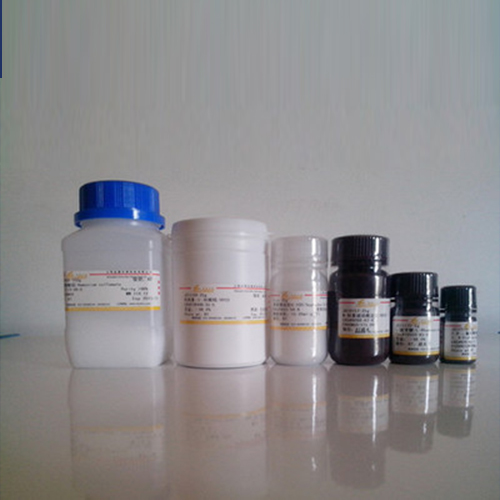Application of gonadotropin in menopause
Gonadotropins (gonadotropins) produced from the pituitary gland of animals
have been widely used in animal husbandry and aquaculture, but they are not
effective for human beings. HCG can be made from the urine of pregnant women, or
the mixed preparation of LH and FSH can be extracted from the urine of
menopausal women, referred to as human menopausal gonadotropin (HMG), which can
be used for the treatment of sexual dysfunction.

The mechanism of gonadotropin secretion in human menopause
The production and release of pituitary gonadotropin are directly regulated
by luteinizing hormone releasing hormone (LH-RH) in the hypothalamus. Sex
hormone, the target gland product of LH and FSH, can also affect the secretion
function of pituitary gland or hypothalamus. Therefore, the secretion of lh-rh,
LH and FSH as well as sex hormones restricts each other, and the fluctuation is
quite rhythmic. The recurrence of the female menstrual cycle is the result of
the fluctuation and rhythmic changes in the secretion of these three
hormones.
The structure of gonadotropin in human menopause
Gonadotropin (LH, FSH, HCG) and thyroid stimulating hormone (TSH) are
composed of two peptide chains, lubens and taprost, by means of non-covalent
bond, and contain glycosyl groups. The glycosyl group is partially bound to
individual asparagine, serine or threonine residues on the peptide chain through
covalent bond. The two peptide chains can be separated and recombined. LH, FSH,
and HCG share the same structure with TSH's lu-peptide chain, while the
tae-peptide chain has its own characteristics, thus determining the functional
specificity of the above-mentioned hormones.